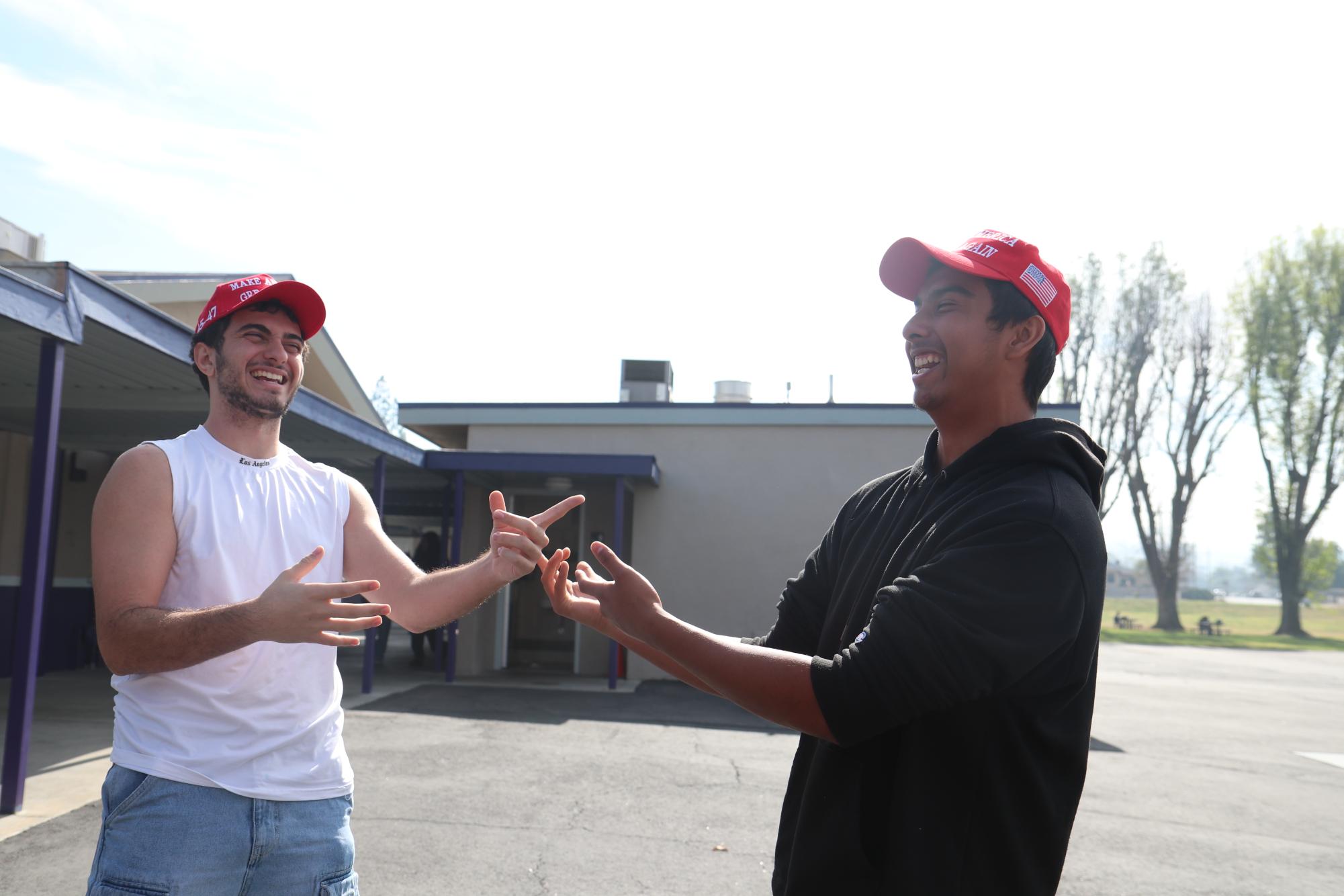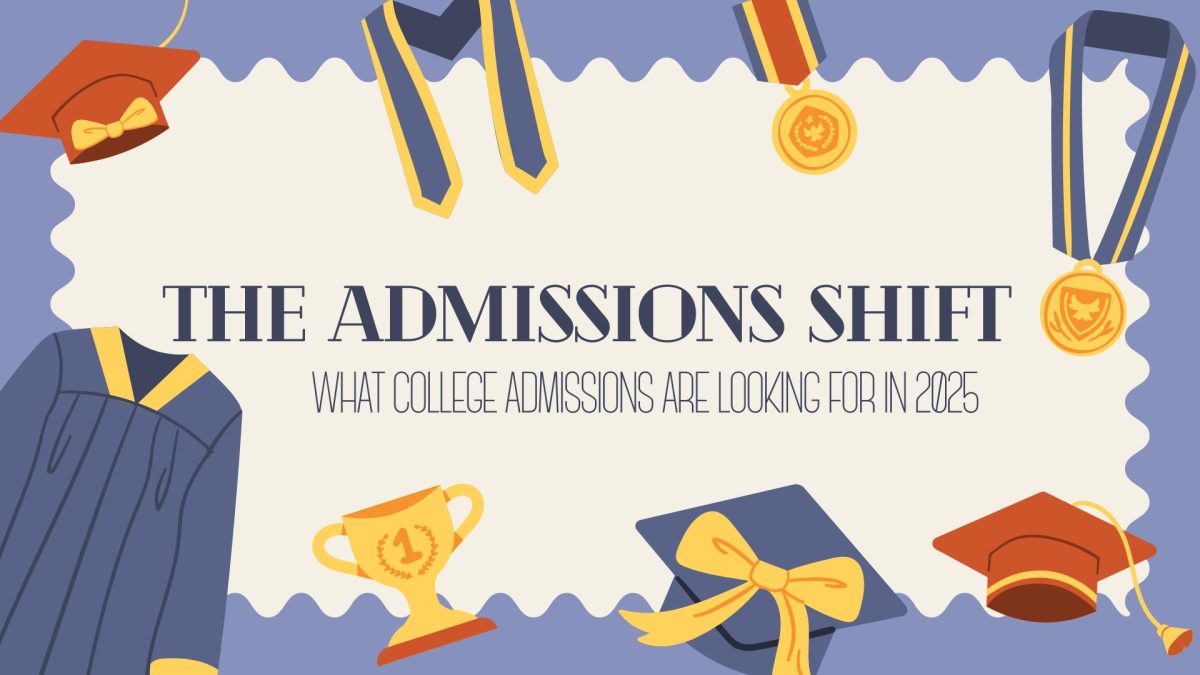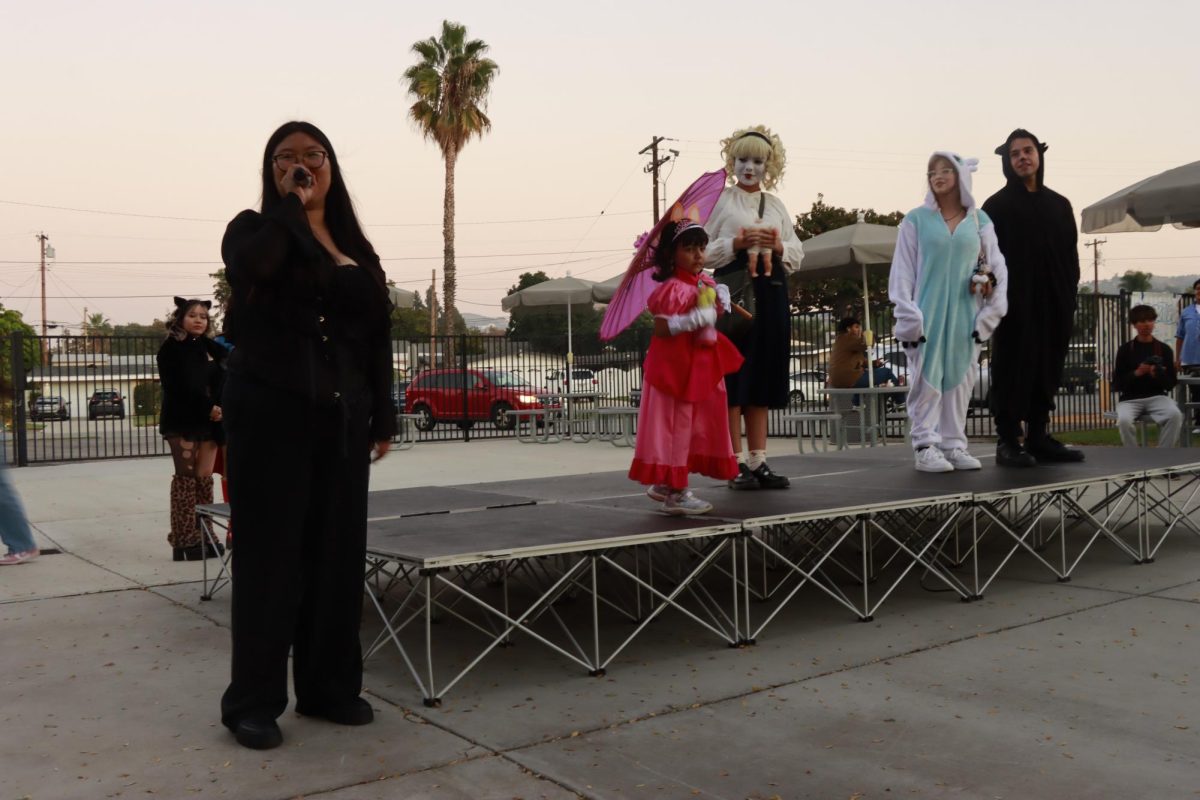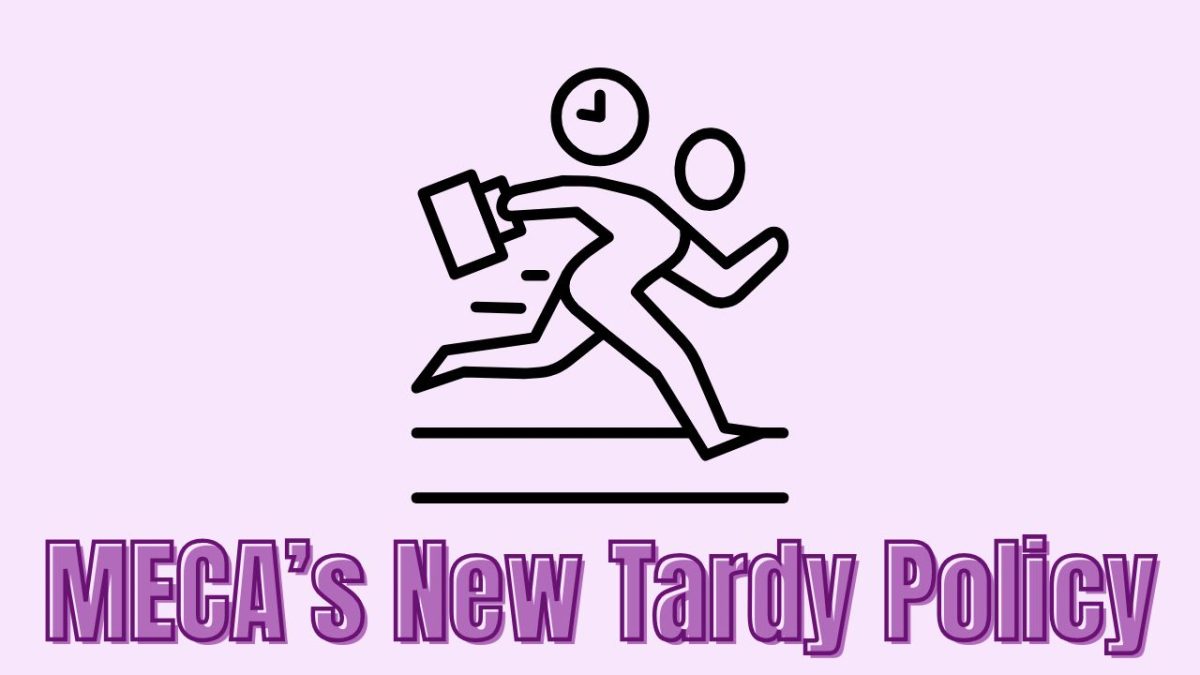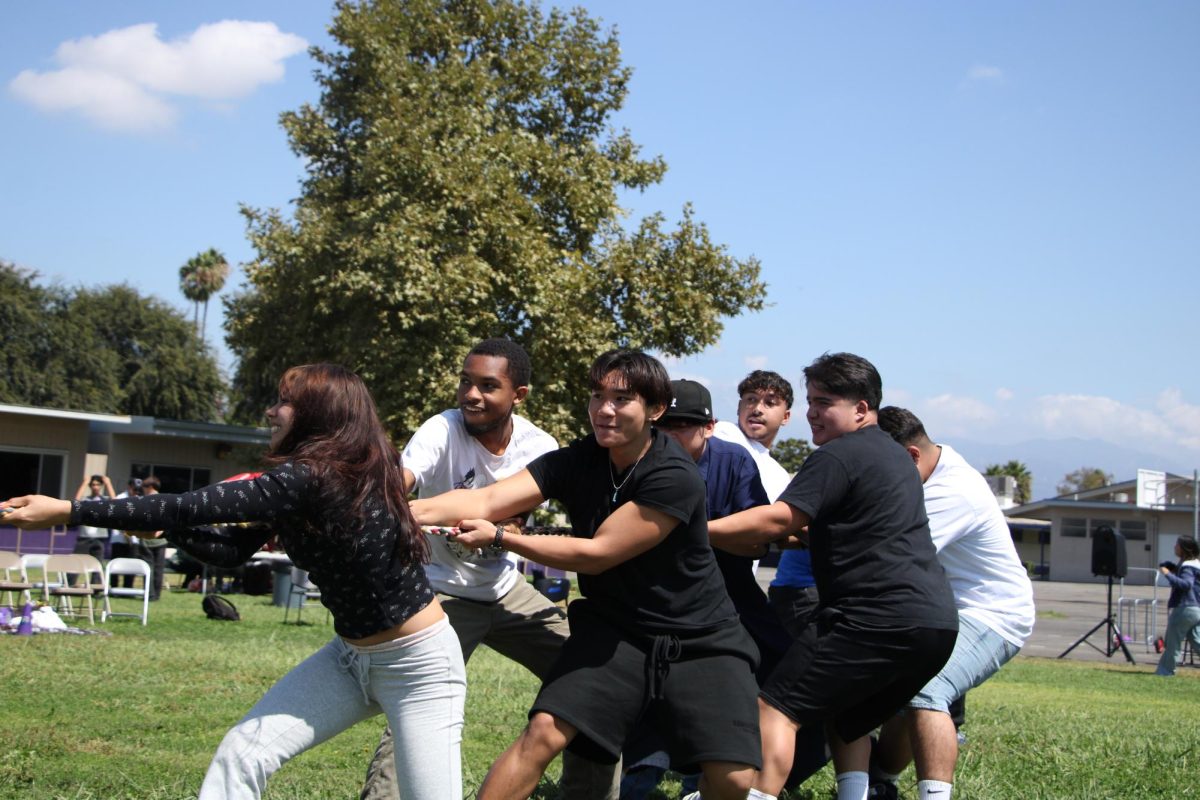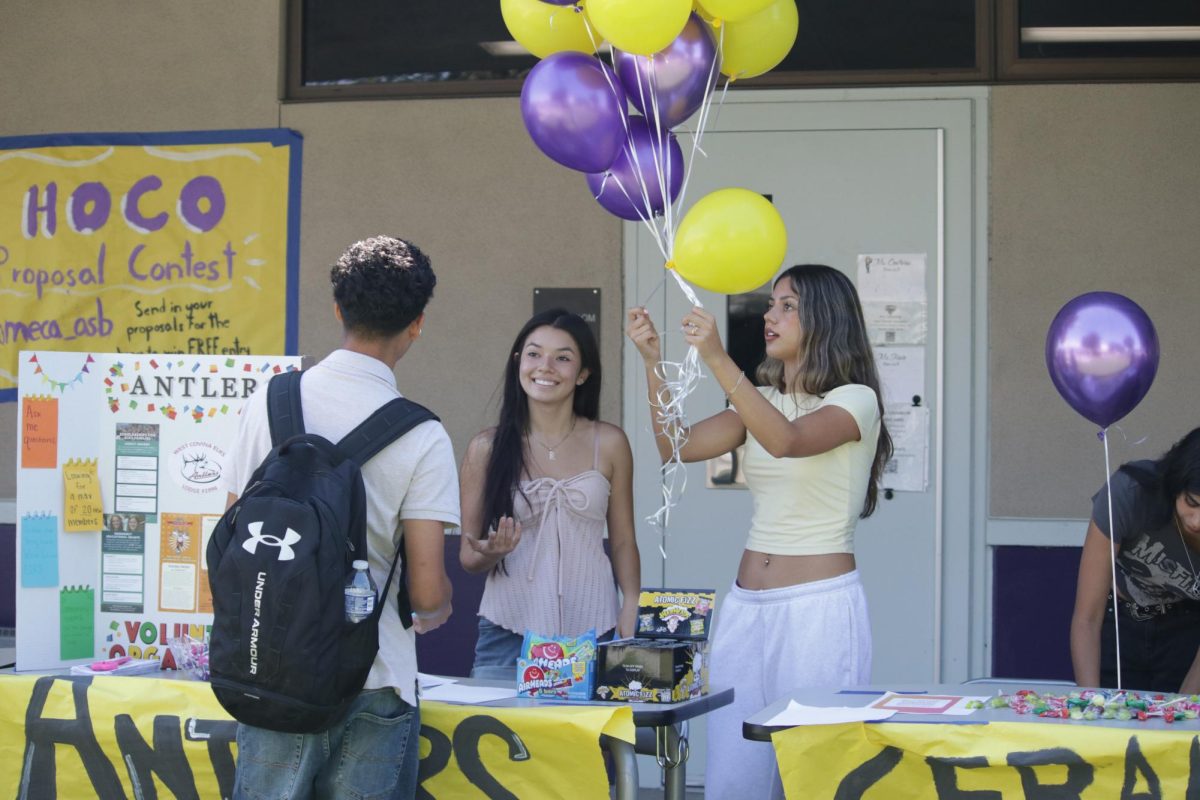Tempers flared in November after the news of the 2024 Presidential election. One teacher at Valley View High School in Moreno Valley, California, could not contain his anger and fear for America’s future.
The day after the election, he used profane language and even compared election winner Donald Trump to Adolf Hitler during class. The school board placed him on administrative leave. However, this was not to the student’s preference. Students protested outside their school, insisting their voices be heard so their teacher could return to teach them.
This leads to the ultimate question: Should teachers be allowed to express their political opinions in a classroom? According to the National Education Association, it is not against the law for teachers to engage in political conversations as per the First Amendment.
However, page 117 of the West Covina Unified School District Employee Handbook states, “District employees shall not: Present viewpoints on particular candidates or ballot measures in the classroom without giving equal time to the presentation of all perspectives.”
So, how well do teachers follow this rule?
Gabriel Nichols, current world history teacher and past government teacher, feels that educators’ views should stay out of the classroom, as they are in a position of influence. He stated, “We have to teach the standards. If you bring in a bias, bias is the furthest thing from a fact.”
While some teachers may feel that sharing their beliefs does not harm anyone, it could infringe upon a young student’s mind to think for themselves. Nichols expands, “Anytime a teacher says, ‘this is how things are,’ students are conditioned to believe them.”
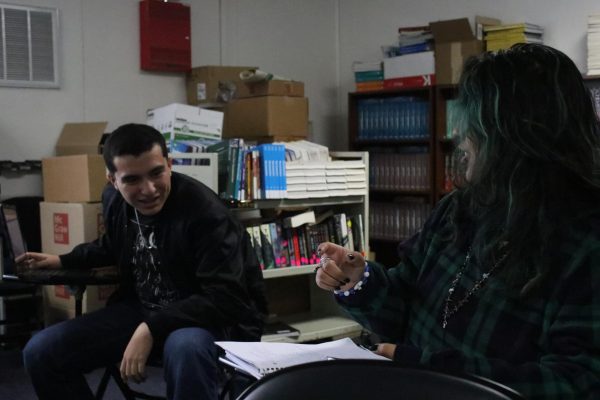
(Image by Julia Pollard)
Nichols recognizes the weight his words carry and knows his importance. “On a psychological level, teachers are in a position of influence,” he shares. Nichols would not want his opinions to alter a student’s way of thinking, which is why he feels it creates a better environment when he leaves his bias at the door.
However, some students, like senior Angelo Karsouny, yearn to have a more authentic environment in the classroom. He states, “I think a teacher is allowed to say, ‘I support and vote for Trump’ if he truly thinks that, and list his reasons why. And then he can also say, ‘If you support Kamala, I don’t mind it, but I’m giving you my personal opinion.’”
Senior Maab Masri disagrees. She says, “I think it’s very rare to find a teacher who shares their political views and can actually move on because the world right now, everything’s kind of personal, and people obviously feel very strongly about it.” Masri thinks the difference in opinions may lead to awkward tension in the classroom, which is best to avoid, to promote more comfortable learning.
Masri formerly took Political Science through Dual Enrollment, taught by Professor Felix Jollevet. She felt that he stayed unbiased and enjoyed the environment that was created in his classroom. She shares, “We were allowed to share our ideas and opinions. The professor, he never really took a side or stand.”
On the other hand, Karsouny has proudly displayed his support for Donald Trump’s campaign by wearing his “Make America Great Again” hat. In the setting of college classrooms, he felt that professors would view him differently because of it. He recalls his experience saying, “I definitely got judged heavily by the professor, so it definitely doesn’t seem like an environment where you can have your own opinion, which I personally don’t like.”
While he was brave enough to unapologetically share his beliefs, he realizes this may not be the case for a majority of students. He shares, “I think especially for other kids, it’s very hard to express themselves because they’re scared of being judged either by the professor or other students.”
Government and economics teacher, Britt Linke agrees with Nichols stating, “I think it is appropriate for teachers to try to be as unbiased as possible in the classroom and to keep your bias separate from what you’re teaching.”
Similarly, Nichols feels that there is no necessity to share his opinions when the facts are easily accessible. He says, “There’s so much truth, so much evidence, that you can teach well just by sticking to what’s factually known.”
From Linke’s personal experience, she says, “I try not to say things I need to take back.” Students absorb information, so she feels that it is beneficial to be careful with her words. It is crucial to her that she keeps her professional filter on, and treats teaching like any other career. She explains, “This is my workplace. This is not my social hour. We talk differently to our friends than at work, but that would be how I would be if I worked in an office.”
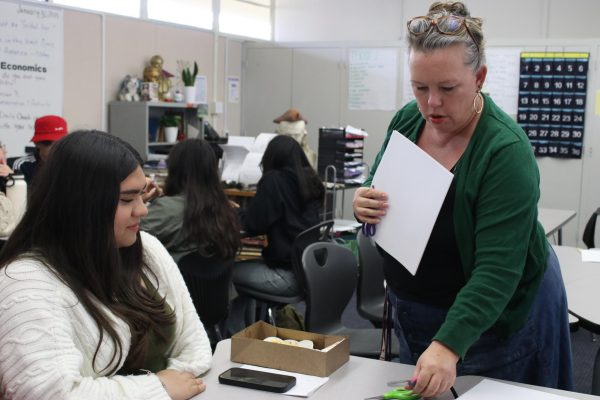
Her student, senior Gabriel Metzgar, agrees that the classroom should not be a teacher’s outlet for their political thoughts. He feels “They have all the rest of their lives to talk about that with other people outside of high school. It shouldn’t be in school places.”
Fellow senior Noah Gonzalez believes it depends on the student’s grade level to decide whether it is okay for a teacher to express their beliefs. He elaborates, “Children don’t really know how to deter adults’ views from the truth. So, although teachers may not necessarily be lying, they may be twisting the truth in certain aspects to where it leans towards their views.” He thinks that even if a teacher feels that they are sharing the truth, it is difficult not to let some personal bias slip in.
Karsouny disagrees as he thinks it is the student’s responsibility to do their own fact-finding before forming an opinion. He claims, “If you’re taking somebody else’s opinion to heart, then you need to do more researching on your own before forming anything else.”
While the focus is on the Valley View High School teacher for sharing his political thoughts, people overlook the student who recorded him breaking the law. California is a “two-party consent” state meaning that recording someone without their consent is illegal.
While Nichols recognizes that the student made the wrong choice by illegally recording their teacher, he shares his approach while teaching. He elaborates, “I always talk as if a student is recording me, and I should be accountable for everything that I say.” He understands that his words may reach beyond only his students, as some may share Nichols’ teachings with their parents. However, this is not a problem for him. “Any teacher that says something to a room full of students that they don’t want their parents to hear is doing something wrong,” Nichols confidently states.
It is unknown whether the Valley View High School teacher came back to his classroom, but this situation could have possibly been used as a learning and bonding experience. Students all came together in support of their teacher, exercising their First Amendment rights to speak their beliefs and assemble peacefully.

